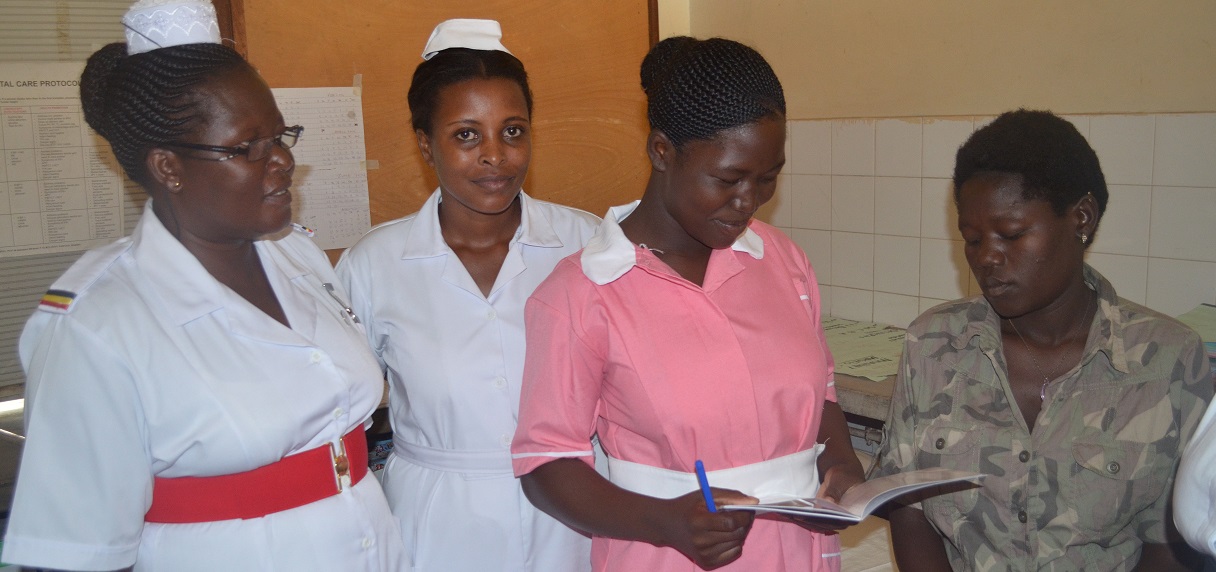Pregnant women are particularly susceptible to malaria partly because of their reduced immunity to the disease, but also because of their vulnerable social and economic status. Their unborn babies are also at high risk, with malaria potentially leading to spontaneous abortion and low birth weight. Babies born with low birth weight will often be weak and more likely to get sick. However, malaria in pregnancy is preventable. The World Health Organization recommends a combination of three interventions for the prevention and treatment of malaria in pregnancy: the use of long-lasting insecticidal nets, prompt diagnosis and effective treatment of malaria infections, and the administration of intermittent preventive treatment in pregnancy (IPTp).
It is this last method that we have been concerned with at Malaria Consortium. IPTp is low-cost, safe and generally acceptable to pregnant women, and can be provided at antenatal check-ups. However, despite generally high antenatal care (ANC) attendance, most countries in sub-Saharan Africa do not come close to meeting the targets set by organisations like Roll Back Malaria, which advocate for universal coverage. In Uganda, for example, current surveys suggest that only about a quarter of pregnant women receive two doses of IPTp (IPT2, the indicator commonly used to assess IPTp uptake). This suggests that many opportunities for the provision of IPTp are being missed.
Research results
We have coordinated a study conducted in 2014, which explored the barriers that continue to impede IPTp uptake in Uganda. This has involved carrying out in-depth interviews with pregnant women and mothers who attended ANC, health workers, district health officials and community leaders. Conducted through COMDIS-HSD, a research programme consortium funded by UK aid from the UK government, the study looked at both the supply side (i.e. the health system, including health workers) and demand side factors (i.e. women’s and communities’ perceptions).
The research concluded that, despite a range of minor concerns (for example with regard to taking IPTp on an empty stomach), women and communities have largely positive views of ANC and IPTp. Refusal rates of IPTp are low and given the high ANC attendance figures, the main obstacles to the provision of IPTp are therefore likely to be supply-side challenges. In the past, many health facilities struggled with frequent stock-outs of the drug used for IPTp, although this has been improving thanks to recent efforts from the Ministry of Health. Private facilities on the other hand have to buy their own supplies, which means stock-outs are still a problem.
Another major barrier to the provision of IPTp is health workers’ inadequate knowledge with regard to when and how to provide IPTp. This is compounded by the incoherent and out-of-date information provided in many policy documents and job aids that are supposed to guide health workers. Moreover, the policies in use are not in line with the most recent WHO policy recommendations for the provision of IPTp.
What next?
Malaria Consortium is about to implement a small-scale pilot intervention in collaboration with the Ministry of Health to address some of the key barriers to IPTp uptake in Uganda. The main focus of the intervention is to ensure adequate knowledge of IPTp guidelines among health workers. This will support the Ministry’s plans to roll out a country-wide classroom-based training programme on malaria in pregnancy, which will include updated IPTp guidelines that comply with current WHO recommendations.
However, it is unfortunately not feasible for everyone involved in ANC provision to attend traditional classroom training sessions. Therefore, in order to reinforce the guidelines and ensure all relevant health workers receive the necessary information, we will pilot the use of text messaging to communicate key messages. Following the classroom-based training, health workers providing ANC services at a number of health facilities in West Nile province will receive a series of text messages emphasising the importance of IPTp, explaining the new guidelines and the rationale behind the changes. This approach has recently been shown to be highly effective in communicating clinical recommendations to health workers in China, and we believe that the rapid spread of mobile technology in Africa means that the time is right to test this innovative solution in Uganda.
In order to assess the effect of the intervention, the pilot will also include health workers in a neighbouring district who will only receive the classroom-based malaria in pregnancy training. We will assess knowledge of IPTp at all facilities six months after the training. If text messaging works, we would expect to see better levels of knowledge among those health workers who attended the training and subsequently received the messages compared with those who only received the training. We would also expect that better knowledge of the IPTp guidelines will lead to fewer missed opportunities and hence an increase in IPTp coverage. The pilot is scheduled to start in May 2015 and evaluation results are expected to be available in 2016.
Christian Rassi is COMDIS-HSD Project Coordinator at Malaria Consortium
